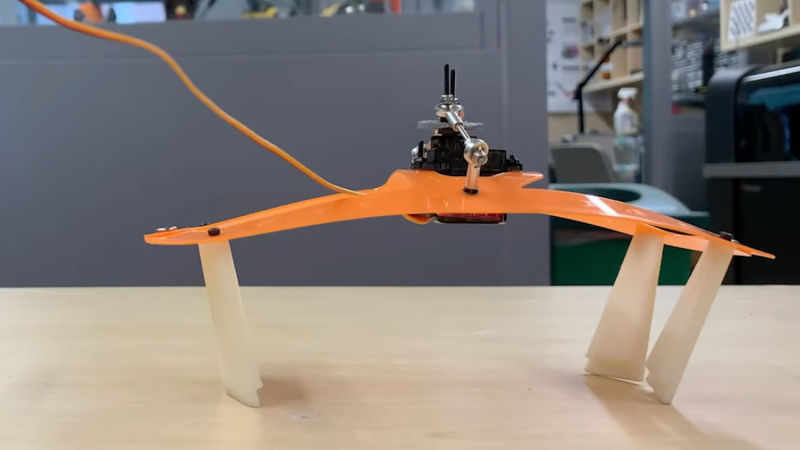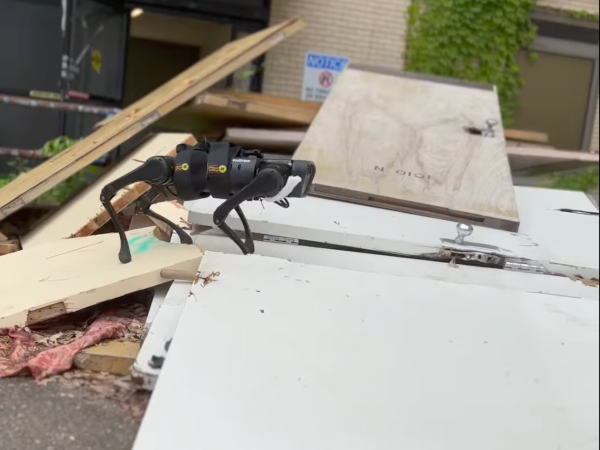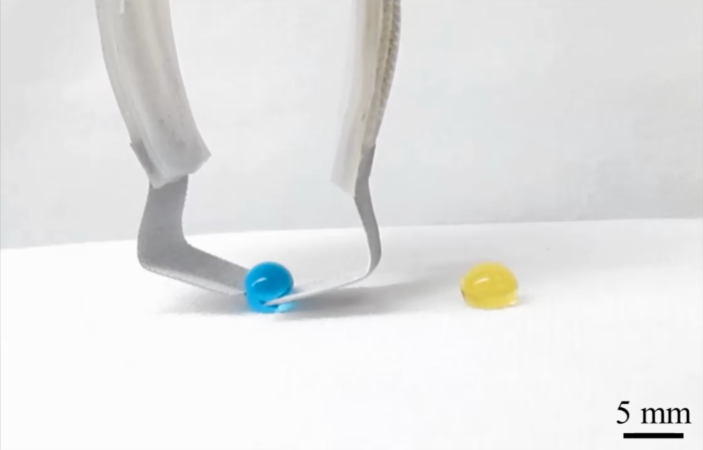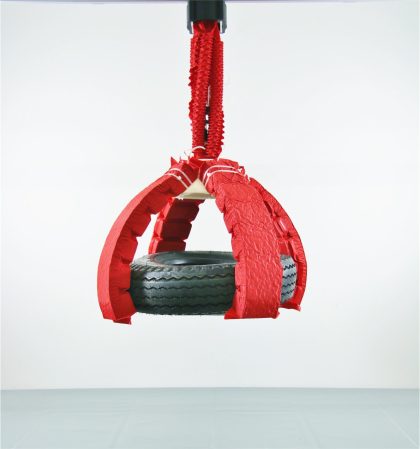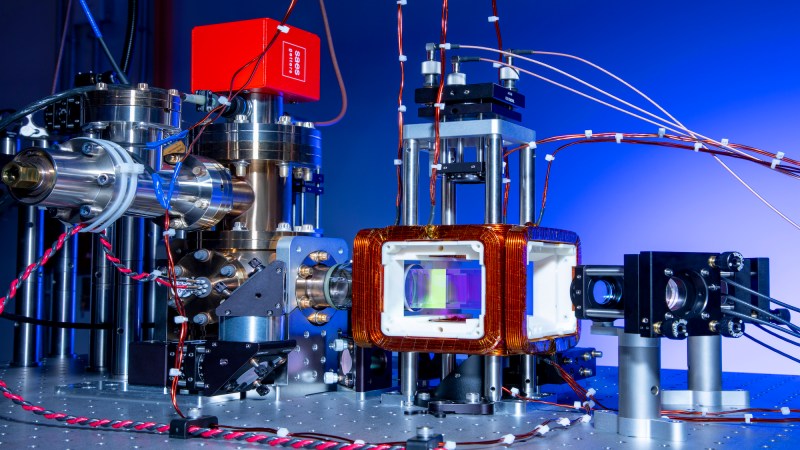

There are so many animal-inspired soft robots out there at this point that you could easily pack an entire zoo with them. Although an adorable idea, it’s unlikely any such program will find its way into the real world soon—that said, a virtual zoo filled with digital soft robot prototypes will soon become available to researchers hoping to design and optimize their own creations.
A team at MIT recently unveiled SoftZoo, an open framework platform that simulates a variety of 3D model animals performing specific tasks in multiple environmental settings. “Our framework can help users find the best configuration for a robot’s shape, allowing them to design soft robotics algorithms that can do many different things,” MIT PhD student and project lead researcher Tsun-Hsuan Wang said in a statement. “In essence, it helps us understand the best strategies for robots to interact with their environments.”
While MIT notes similar platforms already exist, SoftZoo reportedly goes further by simulating design and control algorithms atop virtual biomes like snow, water, deserts, or wetlands. For instance, instead of a program only offering animal models like seals and caterpillars moving in certain directions, SoftZoo can place these designs in numerous settings via what’s known as a “differentiable multiphysics engine.”
[Related: Watch this robotic dog use one of its ‘paws’ to open doors.]
Soft robotics have quickly shown themselves to be extremely promising in navigating natural, real-world environments. Unlike laboratory settings, everyday clutter can prove extremely challenging for traditional robots. Soft variants’ malleability and adaptability, however, make them well suited for difficult situations such as volatile search-and-rescue scenarios like collapsed buildings and swift moving waters. The MIT team’s open-source SoftZoo program allows designers to simultaneously optimize their own works’ body and brain instead of relying on multiple expensive, complicated systems.

“This computational approach to co-designing the soft robot bodies and their brains (that is, their controllers) opens the door to rapidly creating customized machines that are designed for a specific task,” added Daniela Rus, paper co-author and director of MIT’s Computer Science and Artificial Intelligence Laboratory (CSAIL) and the Andrew and Erna Viterbi Professor in the MIT Department of Electrical Engineering and Computer Science (EECS).
Of course, it’s one thing to simulate a soft robot, and another thing entirely to actualize it in the real world. “The muscle models, spatially varying stiffness, and sensorization in SoftZoo cannot be straightforwardly realized with current fabrication techniques, so we are working on these challenges,” explained Wang. Still, offering an open source program like SoftZoo allows researchers to experiment and test out their robot ideas in an extremely accessible way. From there, they can move on to making their best and most promising designs a reality.
